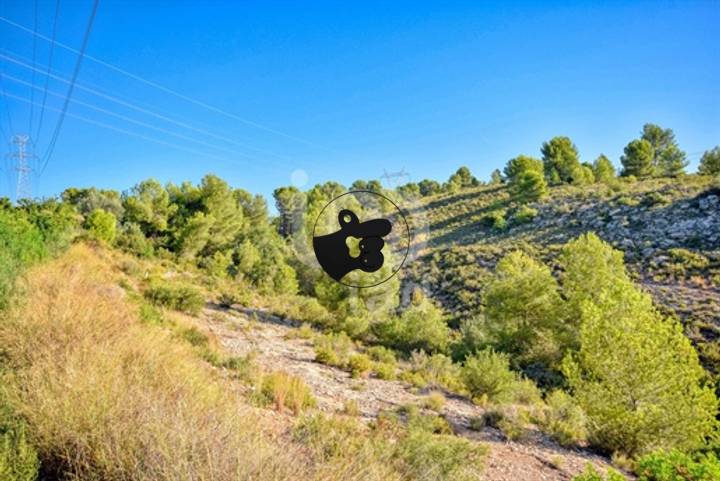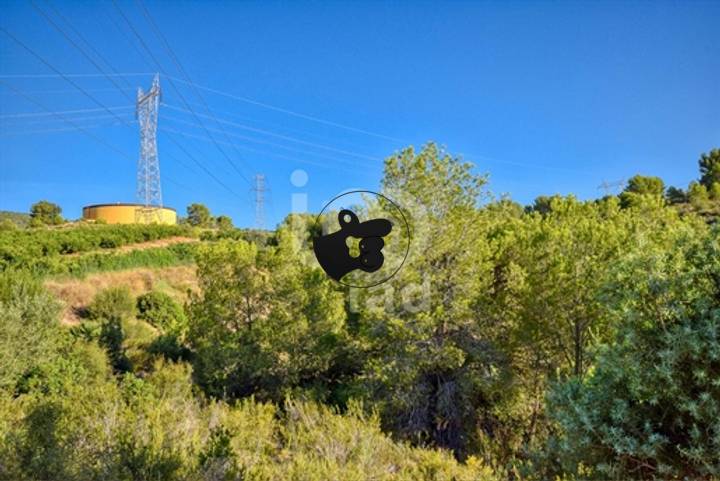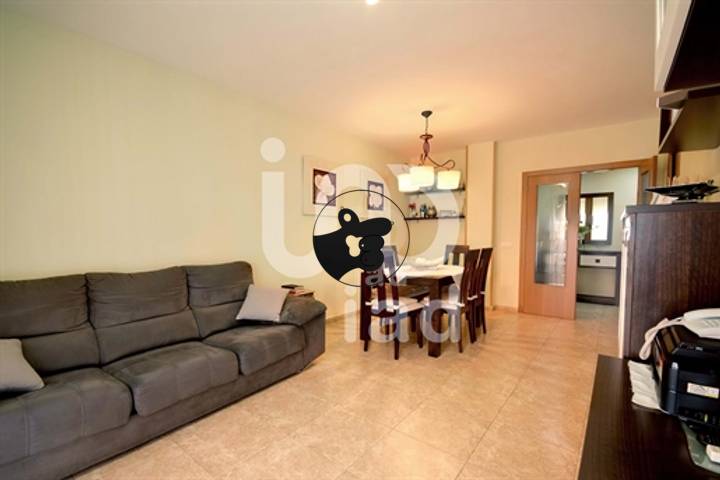

All photos

Location is not available

other in LAlcudia de Crespins, Spain
180 000€LAlcudia de Crespins
Features
- 20.11 hectares of land (49.7 acres)
Property description
Virtual Tour Available 2 Plots Of Land With A Total Of 201.046 M2 Consisting Of Irrigated Agricultural Land, Pasture Land, Wooded Pine Forest And Unproductive Land.Land located in the industrial estates number 1 and number 6 of Alcudia de Crespins (Valencia). Close to the industrial estate and the local shooting range. The smaller of the two has a surface area of 64,345 m2, mostly unproductive land and 5,275 m2 of pasture land. The other, larger piece of land has an area of 136,701 m2, of which 25,813 m2 are devoted to orange groves, 90,749 m2 are devoted to pasture, 3,523 m2 are wooded pine forest and 80,961 m2 are unproductive land.Total Areas:Irrigated agricultural land: 25.813 sq.m.Pasture land: 90.749 sqm.Wooded pine forest land: 3.523 sqm.Unproductive land: 80.961 sqm.Our Fees Are To Be Paid By The Seller - Taxes And Expenses (Itp + Notary + Registry) Not Included In The Sale Price. Virtual tour available. If you would like more information just leave us your contact details.Alcudia de Crespins is a town located in the south of the province of Valencia, in the region of La Costera. Thanks to its train station, it is very well connected by train with Valencia, with trains every 30 minutes. In addition, from Xàtiva train station, you can access medium-distance trains to the main cities in Spain. Nearby are the A-7 motorway which comes from the north of the country through the Mediterranean area (Barcelona, Tarragona, Castellón and Valencia) and reaches the south of the country (Alicante, Murcia, Almería, etc.) and the A-35 motorway, towards Alicante (inland), Albacete and Madrid.Its industrial estate, El Canari, has a surface area of approximately 224,000 m2. It has direct access to and from the A-35 motorway and is home to a large number and variety of companies.The climate: although its climate is Mediterranean, being far from the coast and located between valleys, the summers are hotter and the winters are colder than in the coastal towns. In summer it is quite common for Alcudia and Canals, together with Xàtiva, to record the highest temperatures in the area.With regard to its areas of interest, perhaps the best known is the source of the river Los Santos. It is sometimes possible to observe how the water gushes out of the ground from the source. The river flows through the municipality, passing through the neighbouring town of Canals to flow into the river Cañoles as it passes through the municipality of Canals. It also has a natural spot in an area where the river flows, a beautiful area where you can enjoy nature while walking in the surrounding area. Next to the riverbed there is an area with benches and tables, as well as an area for cooking paellas or barbecues built with natural stone and a play area for the little ones to enjoy.Alcudia de Crespins has two festivities: Sant Onofre and its main festivities. The festivity in honour of Sant Onofre takes place on the 10th of June and is celebrated by burning a bonfire that is prepared the days before.The main festivities, in honour of the Santísimo Cristo del Monte Calvario and the Divina Aurora, begin on the first Sunday in September and last for a week. Throughout these days, various religious events take place, such as the processions, and the most famous among young people: the night of the paellas and the fancy dress ball.Regarding the history of Alcudia de Crespins, it is believed that it began in the Islamic period with two farmhouses, La Alcudiola and La Alquería dels Crespins. These alquerías were farmhouses, generally with an agricultural estate, which were typical of eastern and southeastern Spain, mainly between the provinces of Granada and Valencia. In the Middle Ages they were referred to as small rural communities.The oldest buildings in Alcudia de Crespins are the church of Sant Onofre, built in the early 18th century, and the hermitage of Cristo del Calvario, which was built in 1774.



